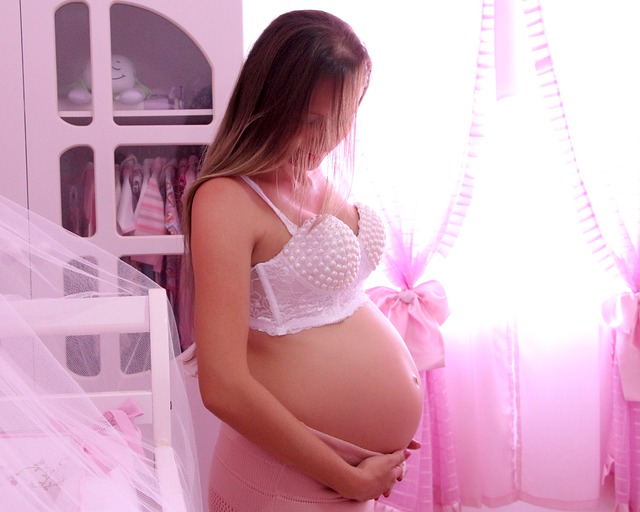In today’s world, it’s natural for caring parents to feel a deep concern for their children’s well-being. We all want our kids to thrive and be secure. With the rapid pace of life and the unpredictability of our surroundings, it often seems like peril is lurking around every corner, ready to disrupt our children’s lives.
However, it’s crucial to recognize that our perceptions often clash with reality. Statistically speaking, American children are considerably safer today than we were as kids—or even than our own parents and grandparents. When we look at the numbers, it becomes clear that our anxieties are largely disproportionate to the actual risks.
Over the last 80 years, child mortality rates in the U.S. have plummeted by more than tenfold. A significant factor in this decline is the widespread use of vaccinations. While it’s understandable that some parents harbor concerns about vaccination, it’s important to note that the likelihood of a child contracting an infectious disease in the U.S. is at an all-time low.
Concerns about violent crime are prevalent, especially when specific areas are highlighted. Yet, overall violent crime rates are now approximately half of what they were in 1991—yes, half. On top of that, recent homicide rates in the U.S. have dropped to levels not seen since the 1960s, a time many view as the epitome of American safety.
And what about terrorism? While the topic can stir up fear, the actual risk of a child being involved in a terrorist attack in the U.S. remains exceedingly low. The 1970s witnessed the highest number of terrorist incidents, with hundreds occurring that decade. Since 9/11, the number of terrorist attacks has been minimal, committed by a range of extremists. Statistically, a child is more likely to be struck by lightning than to fall victim to a terrorist act.
Kidnapping fears are also largely unfounded. According to the FBI, reports of missing persons have reached near historic lows, decreasing by 40% over the past two decades. Alarmingly, only a tiny fraction—1/10 of 1%—of these cases involved stranger abductions.
So, why does it often feel like our kids are in more danger? One major factor is the explosion of media coverage in recent years. In my own childhood, access to news was limited to daily newspapers and a few television channels. Today, we are inundated with constant updates, commentary, and analysis across multiple platforms, creating a sense of perpetual crisis.
Moreover, fear-mongering by politicians and marketers capitalizes on our instincts. They thrive on making us feel unsafe, as fear can be a lucrative commodity. Similar to how sex sells, fear is a powerful motivator.
This is why it’s essential to remind ourselves that our perceptions can be misleading. We should focus on trends and data rather than individual sensational stories. While every incident is tragic, fixating on them can distort our understanding of reality. Our society has not become more violent; on the contrary, children today enjoy unprecedented safety.
So, let’s take a collective breath, ease our worries, and appreciate the fact that we are raising our children in a remarkably safe era. For those considering family planning options, resources like this home insemination kit and NHS information on IVF can provide valuable insights.
In summary, while the media may paint a different picture, the statistics confirm that our children are safer than ever. By focusing on the bigger picture rather than the sensationalized narratives, we can foster a healthier perspective on parenting today.
